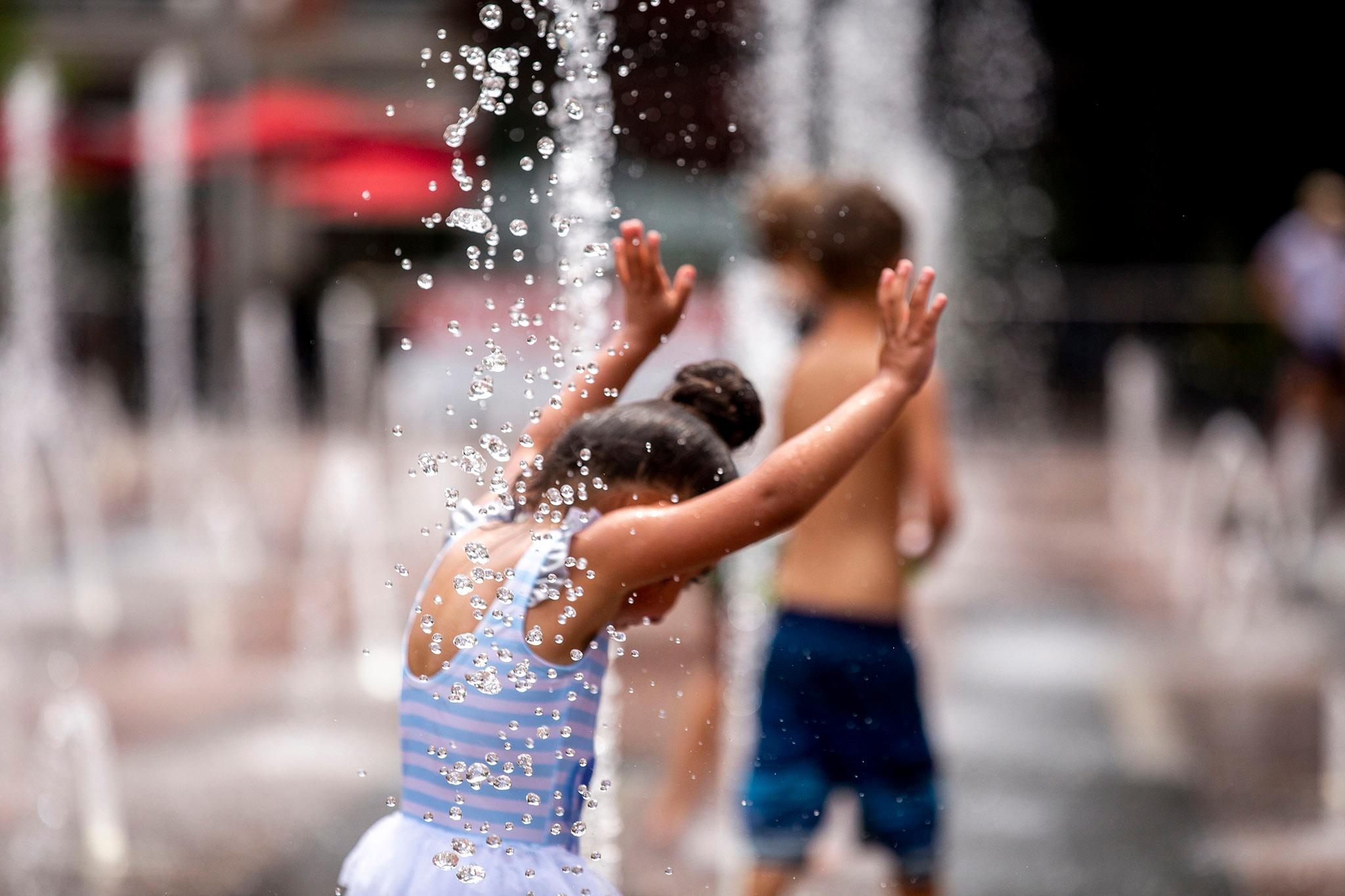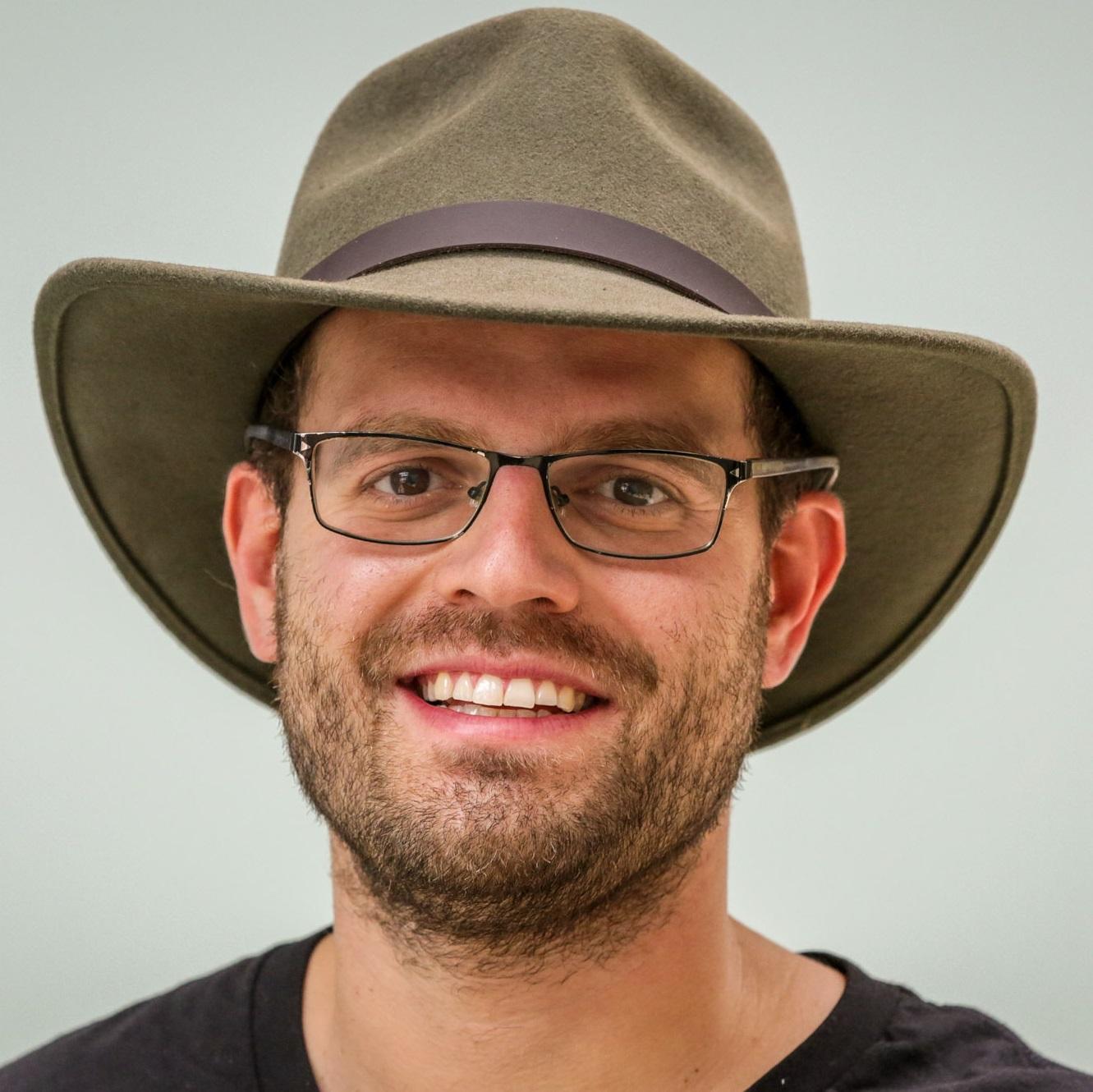
Summer is here and with it the return of 90-degree weather, which may be a sign of things to come.
Millions of Americans were hit hard by high, blistering temps last week in the Midwest and Northeast. The West and the Rocky Mountains felt a little bit of that heat first before it drifted east. But Colorado was spared the worst of it.
Now, that 'heat dome' may be coming back.
"It looks like now this heat dome is kind of slowly what we call 'retrograding,' moving backwards against the normal west-to-east flow of weather," Denver7 Chief Meteorologist Mike Nelson told Colorado Matters. "So, we are going to heat up and dry out over the course of (this week)."
Oh, joy. So what do we do? And what does this mean for our Colorado summer fun?
First, what the heck is a heat dome?
Basically, it's a "big blob of hot air," Nelson said.
"It's not only very warm at the surface, but it's warm aloft," Nelson said. "And that's important because that means the entire vertical stretch of the atmosphere is basically just a whole lot of hot air. You don't get a lot of precipitation that develops because the air is too warm aloft."
That's different from a heat wave, which affects people on the ground.
When a high-pressure system develops in the upper atmosphere, it causes the air below it to sink and compress. That raises temperatures in the lower atmosphere. (Meaning a heat dome can cause a heat wave.)
And because hot air expands, it creates a bulging dome.
The boundaries of this week's heat dome were not well-defined. The eastern heat dome followed an earlier-than-usual one this month in the Southwest. Last year, there were 645 heat-related deaths in Phoenix.
What is a heat wave?
A heat wave is defined by how intense the heat is, how long it lasts and where it occurs, said Jeff Masters, a meteorologist with Yale Climate Connections.
The combination of clear skies and the higher summertime angle of the sun can result in high heat index readings, a measure of temperature combined with humidity. We aren't as familiar with the humidity here at altitude — thank goodness. But humidity makes the weather feel hotter because the body cools itself by sweating and has to work harder when the air’s already moist.
Chicago broke a 1957 temperature record last Monday with a high of 97 degrees F (36.1 degrees C).
"Here in Colorado we're blessed because we have lower humidity," Nelson said. "So even on a day when temperatures hit 100 degrees in Denver, at night, because the air is pretty dry, temperatures cool down and we might drop into the low sixties."
This changes how high temperatures affect the population, particularly those at risk like the elderly or anyone without access to air conditioning.
"I spent six years working in St. Louis back in the '80s, and we used to say that at night it didn't get cool. It just got dark," Nelson said. "In more humid climates, unless you have air conditioning, you're going to have that house be 85 degrees at night. That's where day after day that really starts to wear on people. Here, the main thing is sunscreen and hydration."
The U.S. last year experienced the most heat waves since 1936, experts said. An Associated Press analysis of Centers for Disease Control and Prevention data found that the excessive heat contributed to more than 2,300 U.S. deaths, the highest number in 45 years of records.
What does the rest of Colorado summer look like?
Nelson says the state is in for a La Niña weather pattern.
"It means a hot dry summer," Nelson said. "Usually we get less monsoon moisture (because of La Niña), which is not good news."
So, while we might be spared the hot and muggy conditions in Colorado, the dry heat will raise the risk of (you guessed it) wildfires.
"I think it's going to be a tough fire season July through September. That's typically the hottest driest time of the year," Nelson said. "If the monsoon doesn't really kick in, we don't get the moisture, which is bad. (But we don't) have as many lightning strikes, which is better."
"But it behooves us to be really careful," he said.
An analysis by the U.S. Forest Service found that 60 percent of wildfires in Colorado over the last three decades were caused by human activity like camping, sparks from equipment and smoking. The rest were sparked by lightning.
Editor's Note: CPR's Ryan Warner and the AP's Tammy Webber contributed to this story.









